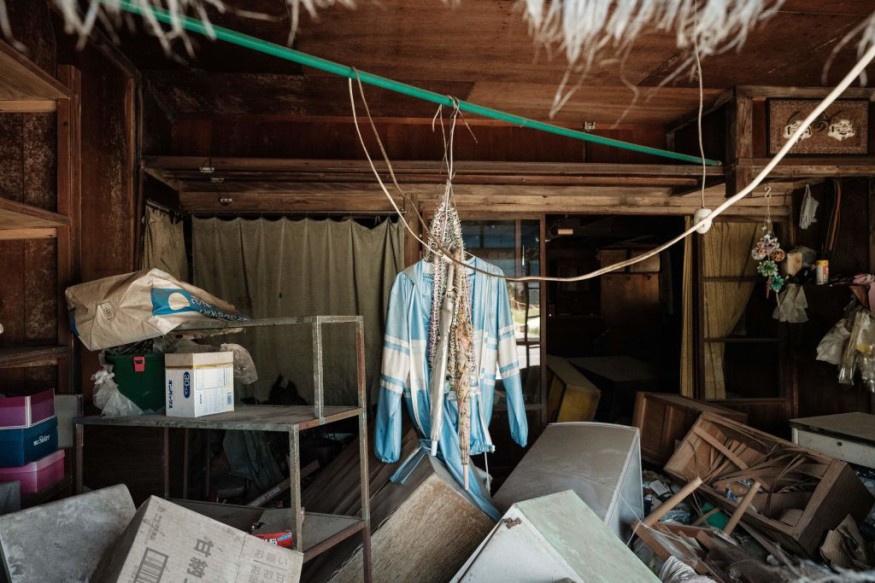Approximately 80 percent of tsunamis started along the seismically active "Ring of Fire" of the Pacific Ocean. In the United States, Alaska, Hawaii, and the west coast have the highest risk of a tsunami.
However, according to a Popular Science report, through MSN News, mega waves can strike in any ocean. It can also travel through the sea to result in mayhem away from its source, about double each decade.
Most people do not survive being swept into this calamity. However, there are ways people can protect themselves from such natural disasters.
The exact tactic will be according to an individual's exact location and will go a lot more flawlessly if planned in advance.
Essentially, a tsunami is stimulated when an earthquake near the seafloor displaces a great amount of water. That water is being pushed out as a series of waves moving outwards in all directions. Furthermore, landslides, undersea volcanic eruptions, and even meteorites can spark tsunamis, as well.
ALSO READ : NASA Takes Purdue Team Miles Above Earth up to 70,000 Feet; To Study Atmospheric, Planetary Science

Tsunami Warning Signs
According to a Survival World report, people get two warning types when a tsunami is coming. Natural signs are the initial indications that may be in danger.
By learning to identify such warning signs, one will be well on his way to safety when the next warning, the second one, the official siren of the tsunami begins.
For people who are in a tsunami region, an earthquake may be the initial signal that a tsunami is about to happen. Scientists are using a Tsunami Warning System worldwide to gather the information that helps them foretell where tsunamis are hitting coastlines, their severity, and how long the series of waves are going to last.
One who's at the beach when an earthquake strikes, experts recommend that he drops to the ground and avoid falling items and debris.
If possible, it is recommended that people shelter under something stable. It is essential that one keeps an eye out and evade fallen power lines, vehicles and buildings.
When the earthquake stops, pack up essential things and head inland. Do not wait for the next warning signs or sounding of the siren.
Surviving Tsunami on the Beach
Say, you're on the beach when an earthquake occurs, your best chance to survive a tsunami there is to pay attention to warning signs, stay away from the shore following an earthquake, and be in a high land out of the dangerous zone.
After this, wait for further information from disaster response groups. Whether you are a tourist or resident of a tsunami zone, find out where the closest evacuation point is out of reach by the tsunami.
It is important to discuss with your family how you will get to the evacuation site and get reconnected if you are separated from them.
The sooner you learn about the tsunami, the better your chance to evacuate the beach and make it to a higher area. Say, it's too late, and the water is already rising; here are some of the things you can do in a tsunami:
1. Go to higher ground at least 100 feet on top of sea level.
2. Hold on to something stationary such as a tree or an object that floats like a raft.
3. Never swim against the current, and again, hold on to something that does not move or float.
4. If you are riding a boat, head further into the sea, far from the shoreline.
Related information about tsunamis is shown on USOceangov's YouTube video below:
RELATED ARTICLE : Massive Elsa Hits Lesser Antilles, First Atlantic Hurricane of 2021 Came Earlier Than Expected
Check out more news and information on Environment and Climate in Science Times.












